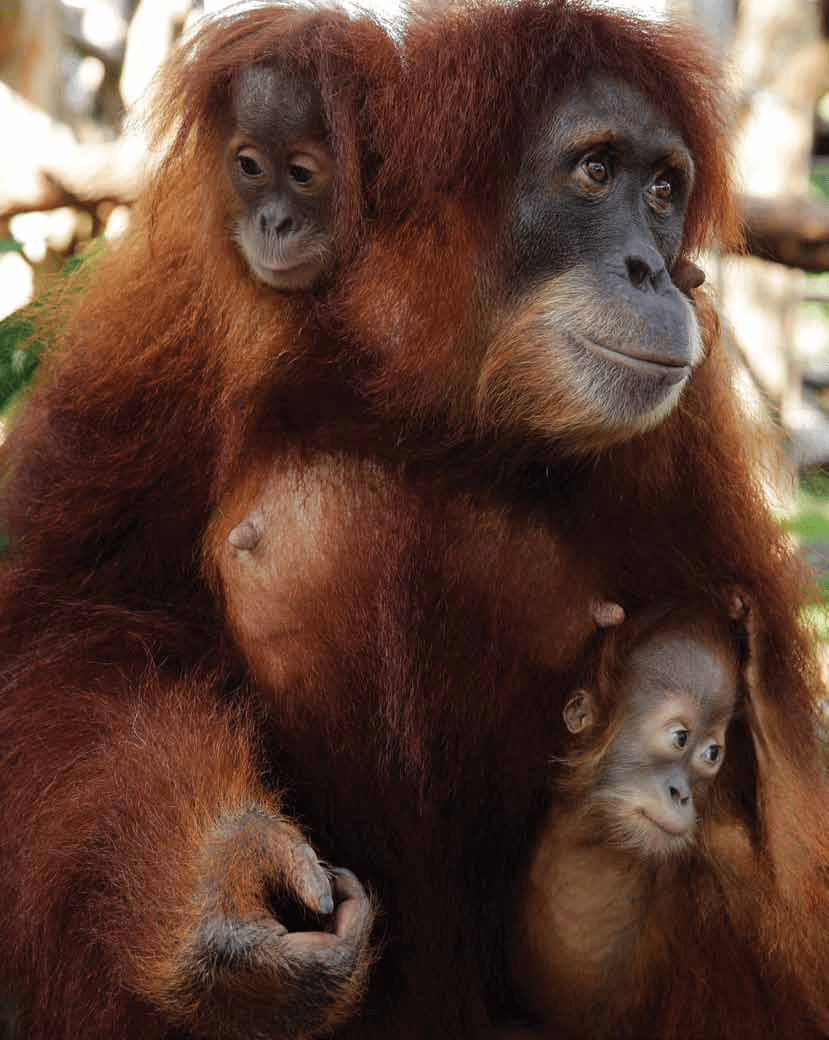Stories > Wild Strides
Wild Strides
Singapore’s efforts to safeguard and regenerate endangered species have borne fruit…and young ones, to much international acclaim.
By Michele Koh Morollo
As you read this, some rare babies are making it to their first birthday in Singapore. They are young members of Threatened Species from the IUCN (International Union for Conservation of Nature) Red List.
January 2012 saw the birth of two cubs from two species of the cat family: the fishing cat, endangered as a result of overfishing and habitat destruction; and the bearcat, listed as vulnerable because of illegal poaching.
Two months later, Baby, a male golden-headed lion tamarin was welcomed by the Wildlife Reserves Singapore (WRS), parent company of the Singapore Zoo, Night Safari and Jurong Bird Park. Found only in Brazil, just 6,000 to 14,000 such tamarins are estimated left in the wild.
Depending on the habits of a species — such as how social or not they are, their habitats, their birth rates, the kinds of natural or manmade threats they face —
maintaining a sustainable, genetically healthy population of just 500 animals in the wild may need an overall population of as many as 5,000 individuals of that species.
Rare Acclaim
Singapore’s three zoological parks can claim to have some of the most successful breeding programmes for endangered species in the region. Some of their most significant captive breeding programmes include the Douc langur, Sumatran and Bornean orang-utan and giant river terrapin. These species rank from endangered to critically endangered, and are notoriously difficult to breed in captivity, yet WRS has succeeded admirably in most of these births. Such breeding triumphs do not happen in isolation. Singapore’s zoological institutions collaborate with organisations like the Wildlife Conservation Society, the Begawan Foundation, NParks Singapore and the Clouded leopard cubs Philippine authorities in research and/ or animal exchange programmes. “We closely monitor our breeding populations and record every relevant piece of information so that the overall knowledge on the captive management of each species is progressively enhanced,” says Kumar Pillai, General Manager of Night Safari.
Much like people, animals will only breed if they have a compatible mate and if they feel safe and secure in their environment. WRS institutions go to great lengths to make their animals feel at home. “It is not possible to provide what most wild animals encounter in nature, but replicating much of it would be the correct thing to do,” says Pillai.
Once these needs are met, good hygiene and veterinary care ensure their health, as caregivers conscientiously provide loving care and attention to keep their charges happy.
On Show
While most newborns are kept out of the public eye for their first tentative months to give them the best chance for survival, visitors are welcome to observe, through a huge window, growing chicks and eggs under incubation at the Jurong Bird Park’s Breeding and Research Centre (BRC).
“By showing guests what goes on behind the scenes, we hope to inculcate a deeper appreciation of avian wildlife, and a better understanding of our conservation efforts,”
says Raja Segran, General Manager of Jurong Bird Park. Some very significant breeding successes include several parrot species like the hyacinth macaw, which are under threat because of the pet trade and deforestation. People will protect what they care about and love. By sharing this dimension with generations of visitors, our zoos help ensure the survival of some of the world’s most vulnerable animal species and maintain nature’s precious global legacy for all.
CLOUDED COUP
Less than 20% of clouded leopards in zoos reproduce because aggressive courtship behaviour often results in males killing females. Tawan and Wandee, from Khao Kheow Open Zoo in Thailand in 2009, were introduced to each other at a young age to circumvent this.
“We are very pleased that our efforts have paid off again. For a species of big cat facing many threats, every cub counts,” says Subash Chandran, Assistant Director, Zoology, Night Safari.


